Military Tourism: 12 locations not to be missed in Portugal
Portugal has a long tradition of castles, maritime forts and other military constructions. Discover a Military Tourism itinerary full of history and incredible views.
Portugal has a long history of constructions associated with its military past and defence against enemy forces, which stand out for their beauty and grandeur. It is therefore not surprising that Military Tourism has become a serious and increasingly sought after option. From North to South, there is no shortage of castles, forts and other structures of interest. All About Portugal presents you 12 emblematic points of Military Heritage, where you will feel like reliving historic battles.
Fort of Lagarteira, Caminha
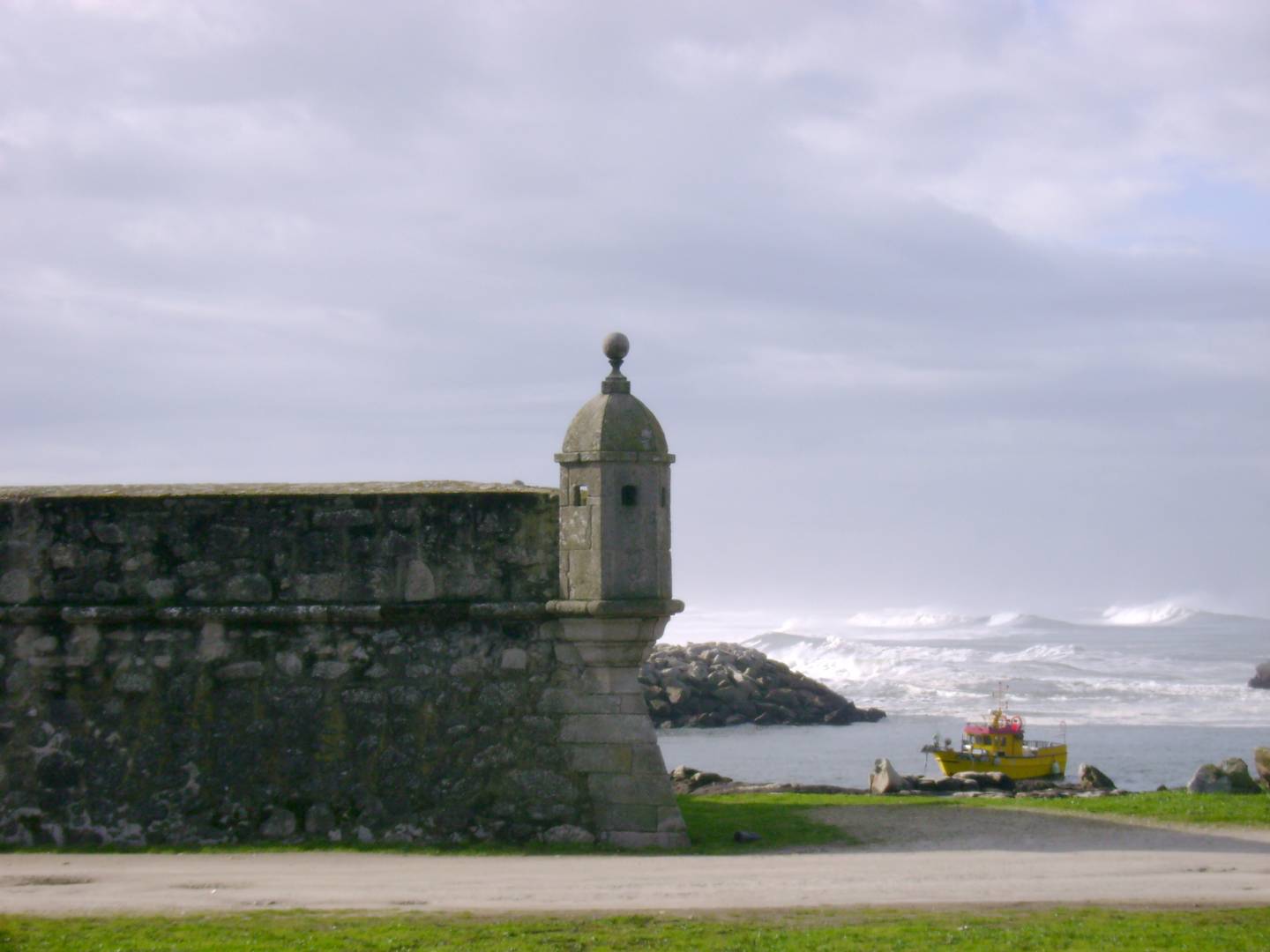
Far to the north, close to Spain, the municipality of Caminha is rich in military fortifications that intended to halt maritime attacks by the Spanish. In Vila Praia de Âncora, next to the beach, the Lagarteira Bastion Fort stands out, with its star shape and origin in the 17th century. Also the Ínsua Fort, a National Monument built on a small island 200 meters from the coast and abandoned for many years, deserves a close look. In Caminha, stroll around the 17th century walls.
Castle of Guimarães
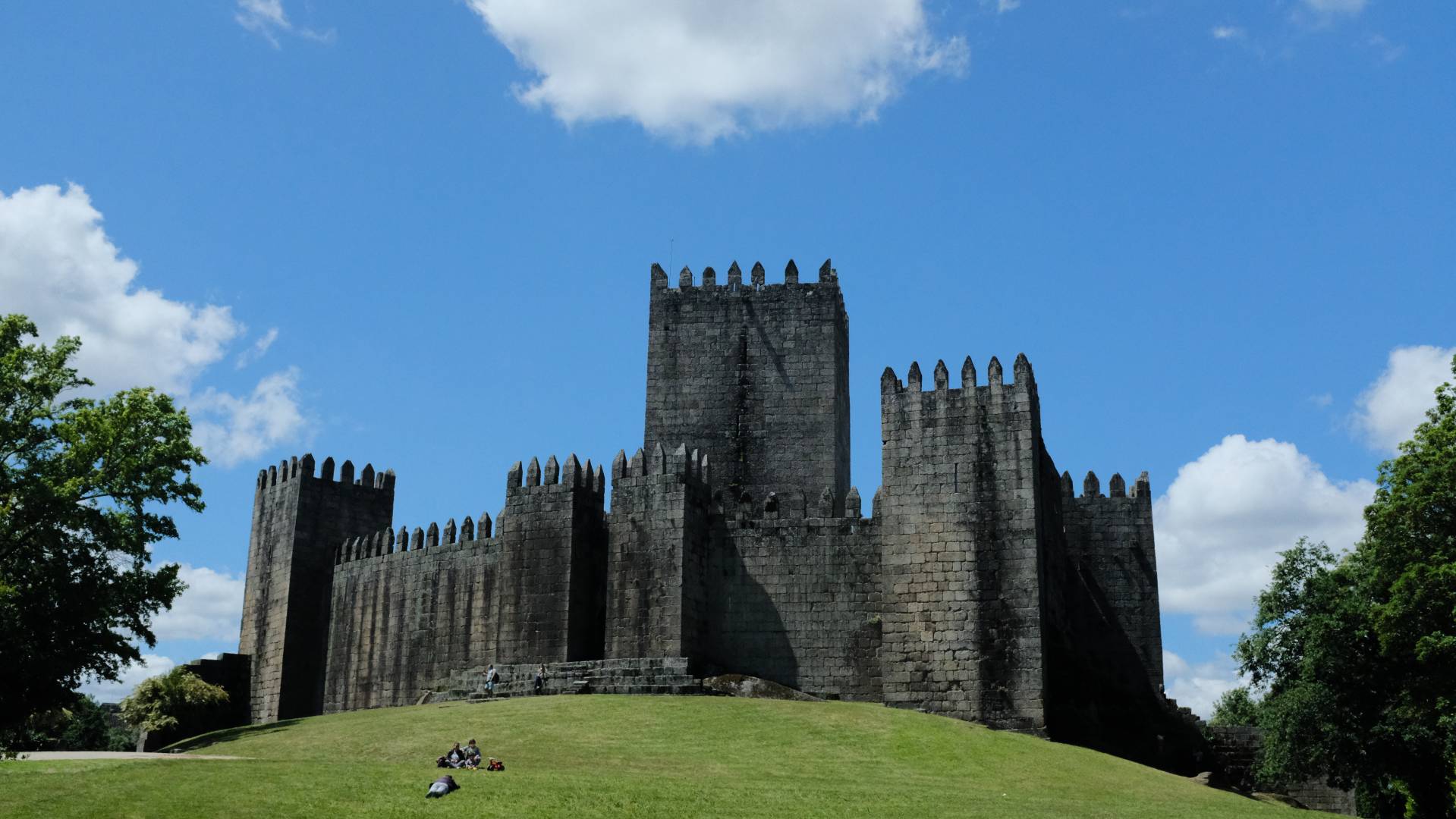
Considered the “cradle” of the Portuguese nation and the place where D. Afonso Henriques, the first King of Portugal, was supposedly born, the Castle of Guimarães is a mandatory stop on this route. It is a National Monument, first built in the 10th century as a monastery and, later, it was expanded and readapted to fortress and castle. Those who visit the crown jewel of this Minho city cannot fail to appreciate the statue of the monarch as well. Be sure to take a stroll through the Historic Centre, classified as World Heritage.
Castle of Trancoso
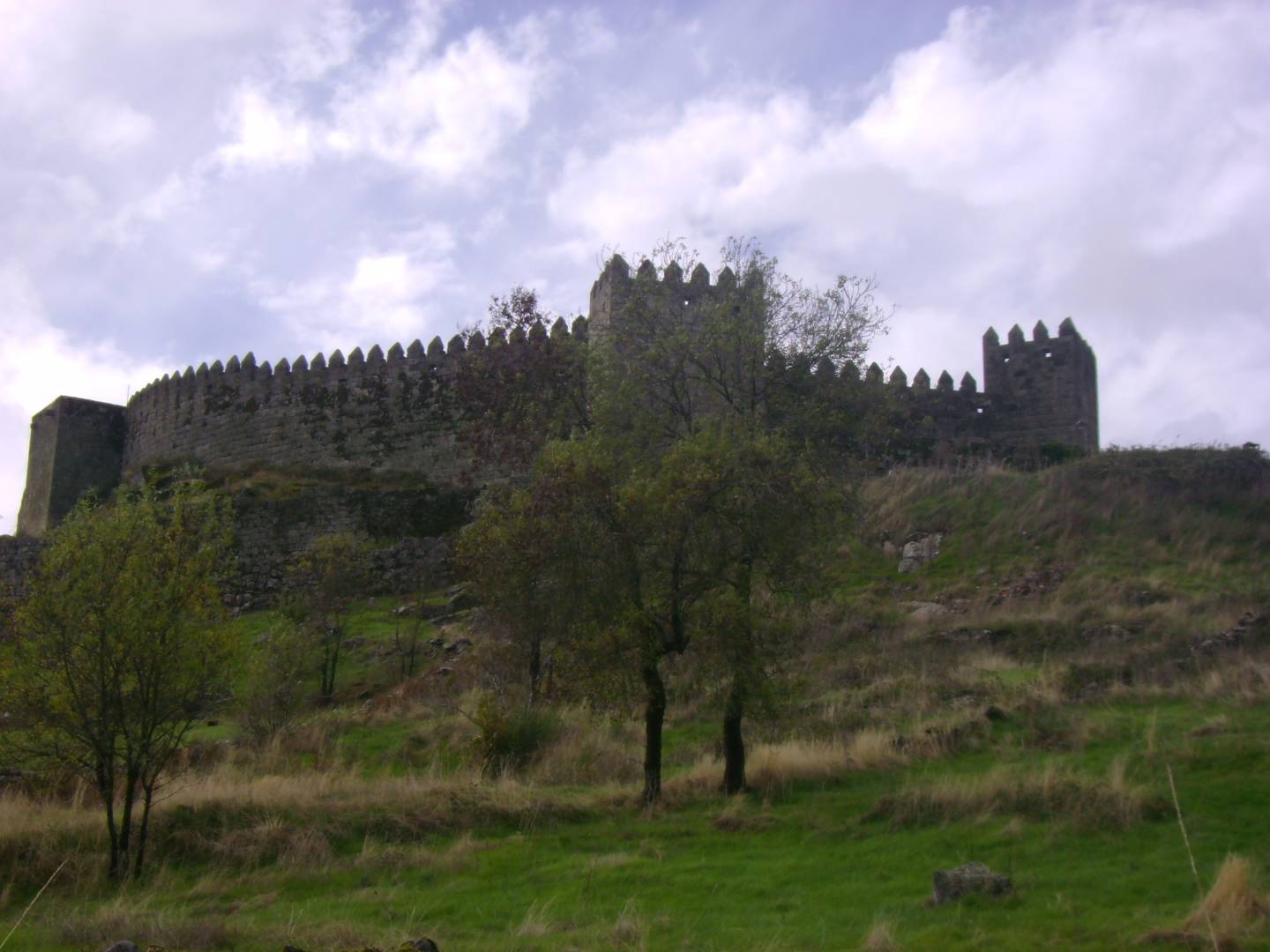
Imperious and imposing, this Medieval Castle takes us to a distant past, where it assumed strategic importance given its location. It hosted several fights that played a fundamental role in the formation of Portugal, such as the Battle of Trancoso, which took place in 1385 and opposed Portuguese and Castilians. Walk through the well-preserved walls of Trancoso and on the streets where, in 1282, king D. Dinis and queen D. Isabel de Aragão celebrated their wedding. Also worth a visit are the Portas d’El Rei and Portas do Prado, main entrances to the town.
Stronghold of Almeida

It is the essential visiting card of this municipality, which is very close to Spain. An aerial view allows you to perfectly identify a well-defined 12-pointed star that surrounds its walls. The enigmatic Almeida Praça-Forte (Stronghold) was the scene of many historic battles, given the proximity to the border, and is a frequent stage of recreations and theatre plays that attract many people: the most significant one tells the story of the explosion that occurred in 1810, during the French invasions. Don't forget to visit the Historical-Military Museum.
Convent of Christ, Tomar
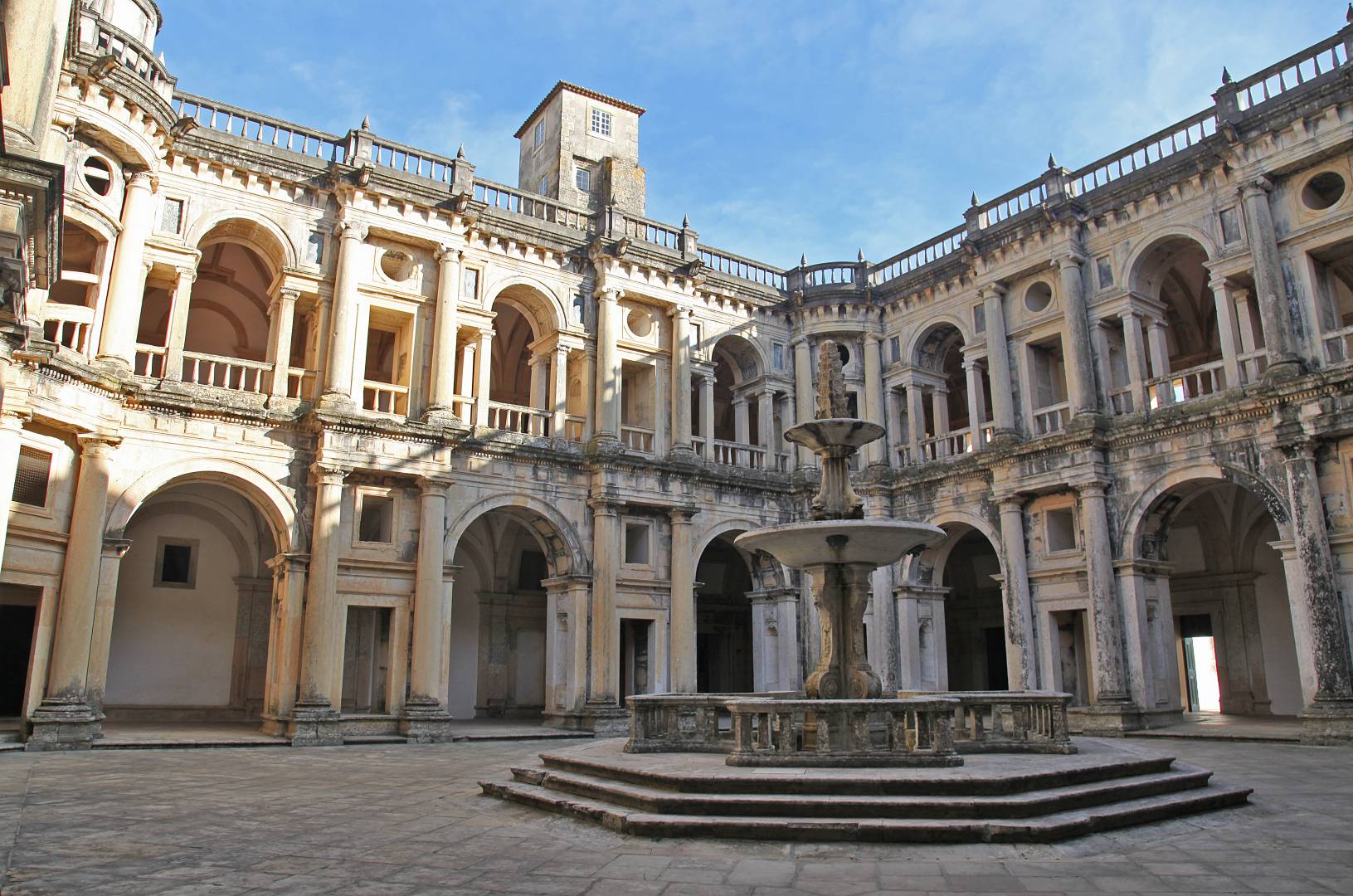
Classified by UNESCO as a World Heritage Site in 1983, it represents the grand monumental ensemble formed by the Renaissance Convent of the Order of Christ, the Templar Castle, built in 1160, and the convent fence. The Convent is the greatest legacy of the passage of the Order of the Templars through Portugal and impresses for its grandeur and architectural beauty. The unusual Manueline style window of the Chapter House or Capitulum House and the Charola Templaria (Knight's private oratorium) are two points that deserve due consideration.
Castle of Almourol, Vila Nova da Barquinha
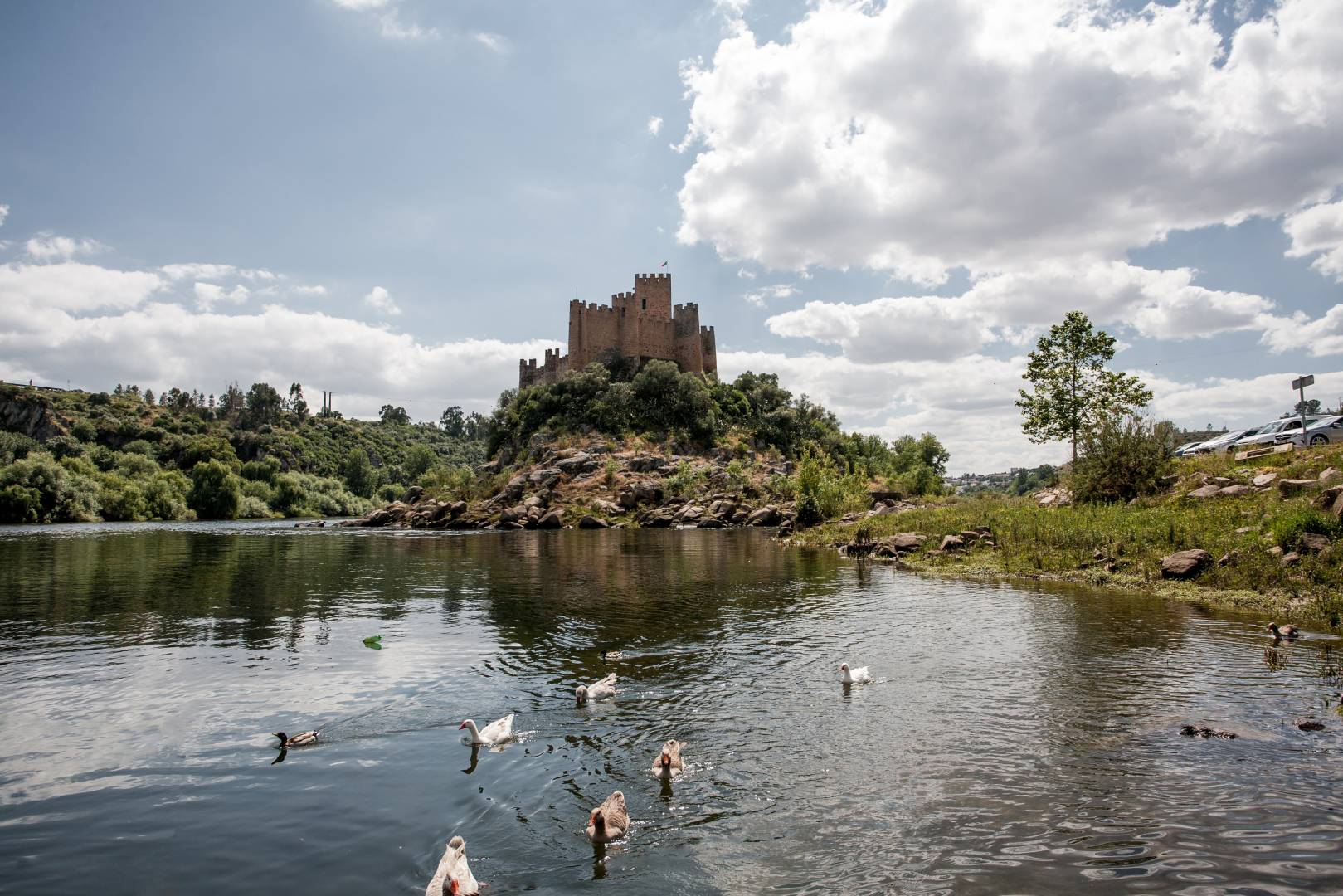
Still in the district of Santarém, and close to the Military Area of Tancos, this is considered by many to be the most beautiful castle in Portugal, because it was built on a small island in the middle of the Tagus River. It offers a unique environment and is one of the most striking medieval military monuments of the Reconquista. During the 20th century, the monument even functioned as the Official Residence of the Portuguese Republic.
Lines of Torres Vedras

There are those who consider them the most effective European military construction in history, and they were, apparently, a thorn in Napoleon Bonaparte’s side. In 2019, this unusual military system, built over 200 years ago to defend Lisbon from French invasions, became a National Monument. Altogether, there are more than 100 military structures, such as forts or roads, which are spread over 85 kilometres in six municipalities north of Lisbon. There are routes to discover and also an Interpretation Centre.
Belém Tower
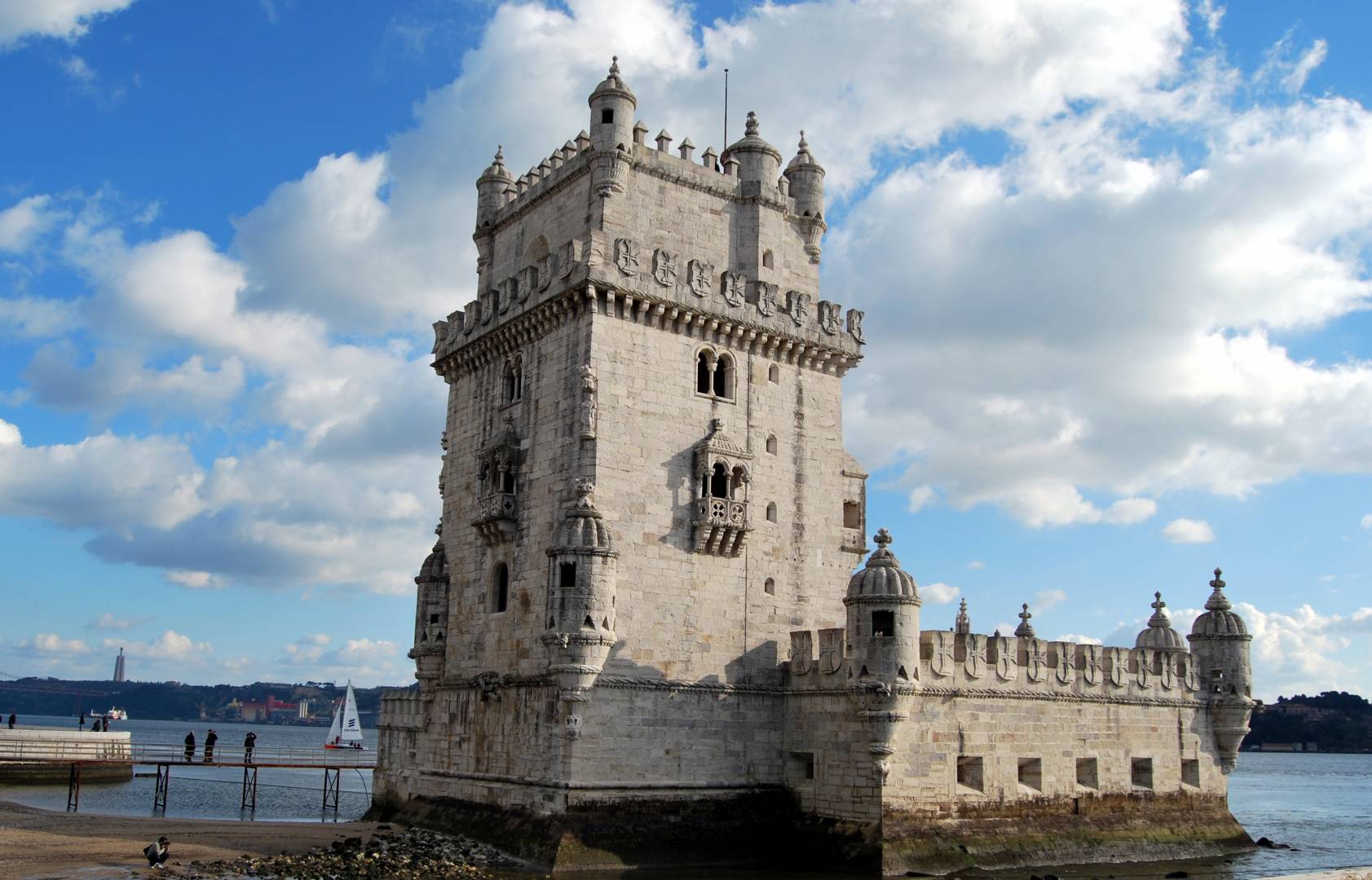
It is a mandatory visit point in this itinerary, given its breathtaking architectural beauty and the gorgeous setting along the Tagus River. It is a World Heritage Site, together with the neighbouring Jerónimos Monastery, and is one of the most fascinating monuments in the capital of Portugal, in addition to being a symbol of the country and the age of the Maritime Exploration. It was initially conceived with the function of maritime defence of the city and in it you can see symbols such as the Cross of the Order of Christ or the Royal Arms.
Lisbon Military Museum
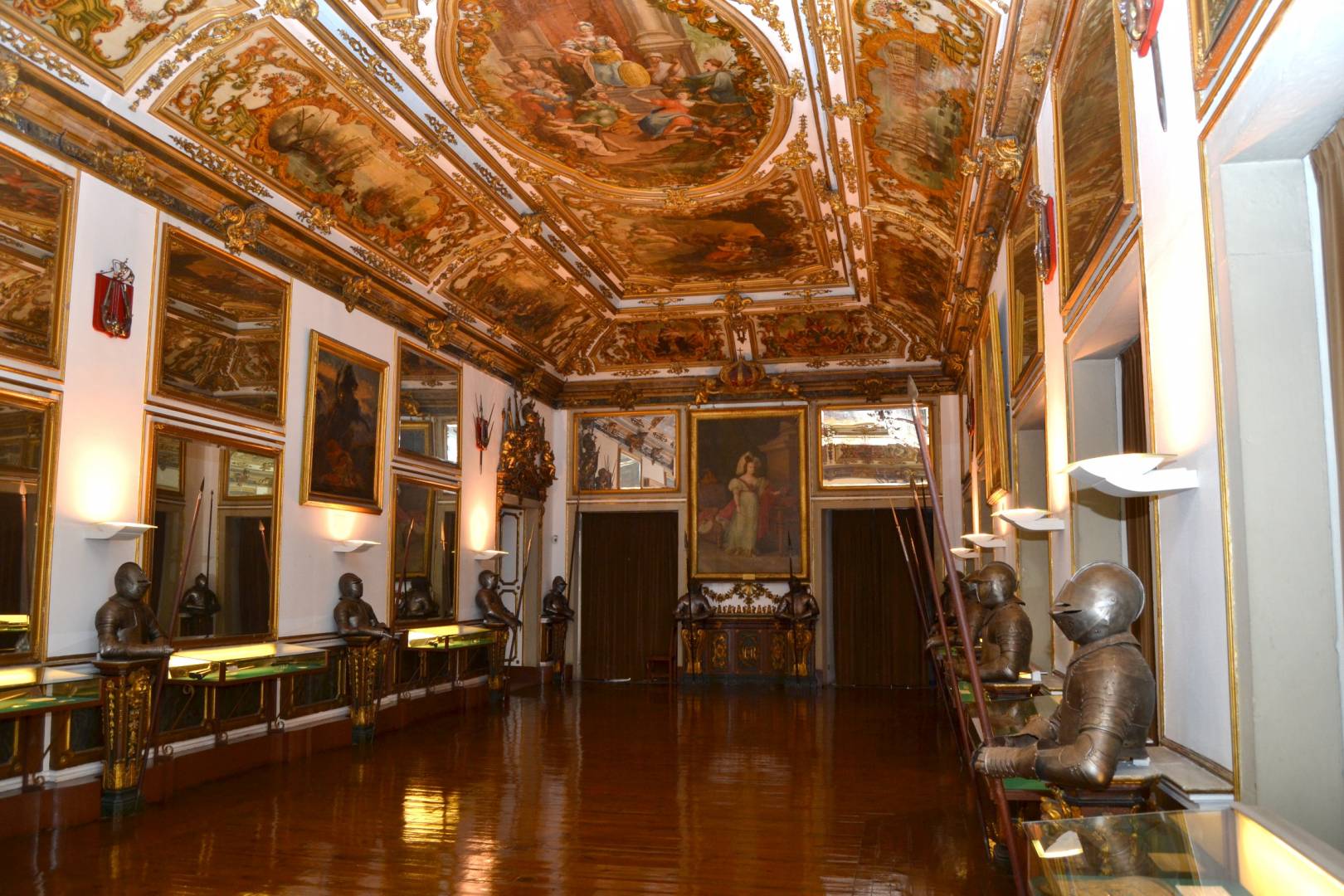
Portugal has several military museums around the country. The one in Lisbon is considered to be the most iconic, with a vast collection of war material, which aims to portray 900 years of Portuguese Military History. Created in 1842, it houses a collection of armoury unique in Portugal. Be impressed by the cannon collection and appreciate a wide variety of artillery pieces ornamented in bronze. It also has a remarkable collection of works of art, from tiles to sculpture and painting.
Fort of São Julião da Barra
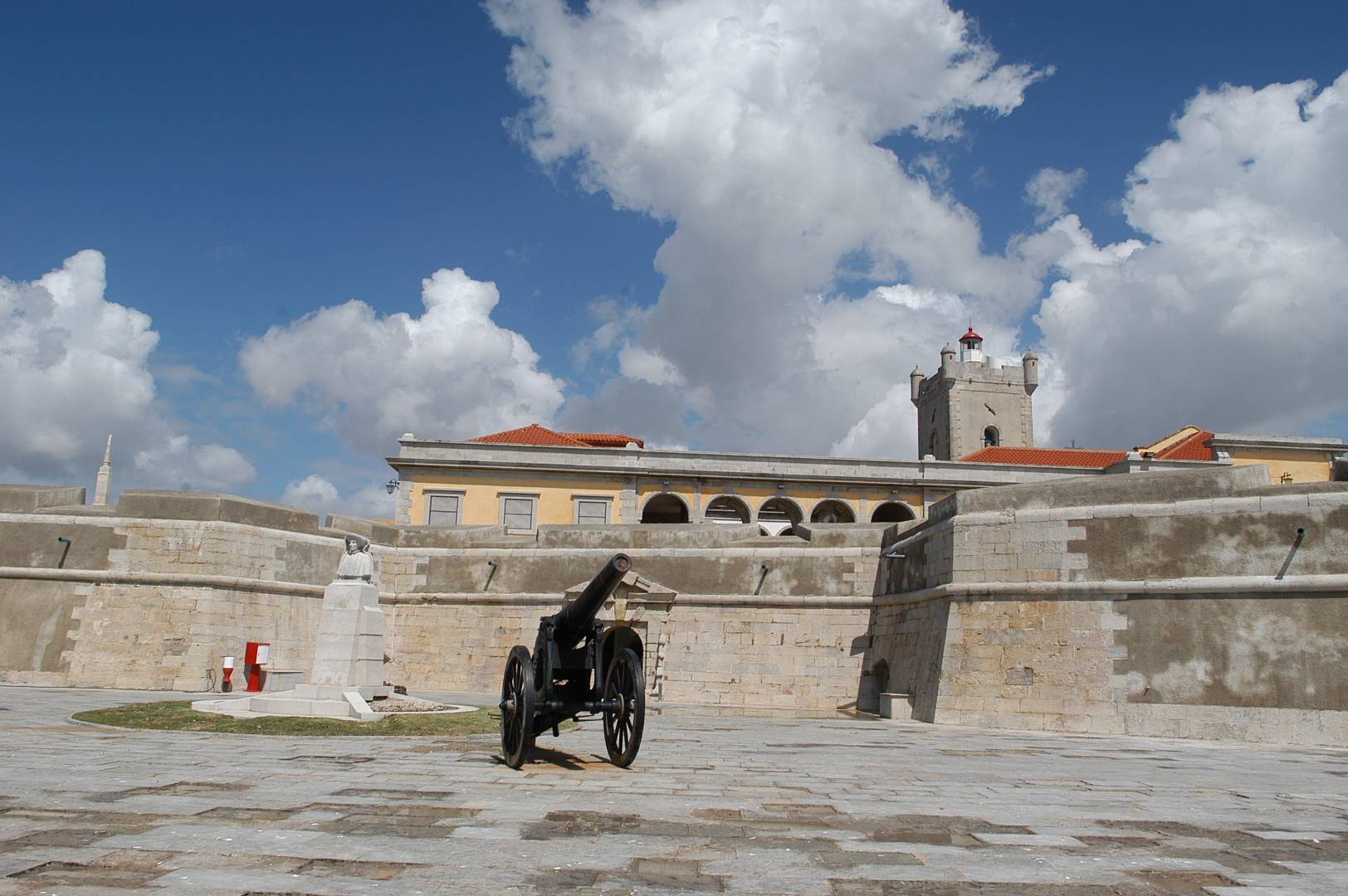
It is difficult for anyone not to be dazzled by the size and landscape of this monument, the current official residence of the Minister of Defence, which came to accommodate the famous Eisenhower and Montgomery. It is considered one of the most important maritime military constructions in Portugal, having been built at the behest of King D. João III, in the 16th century, with the aim of protecting the Tagus river sandspit and access to the port of Lisbon. Oeiras also has six more forts, like the Bugio one.
Fort of Graça, Elvas
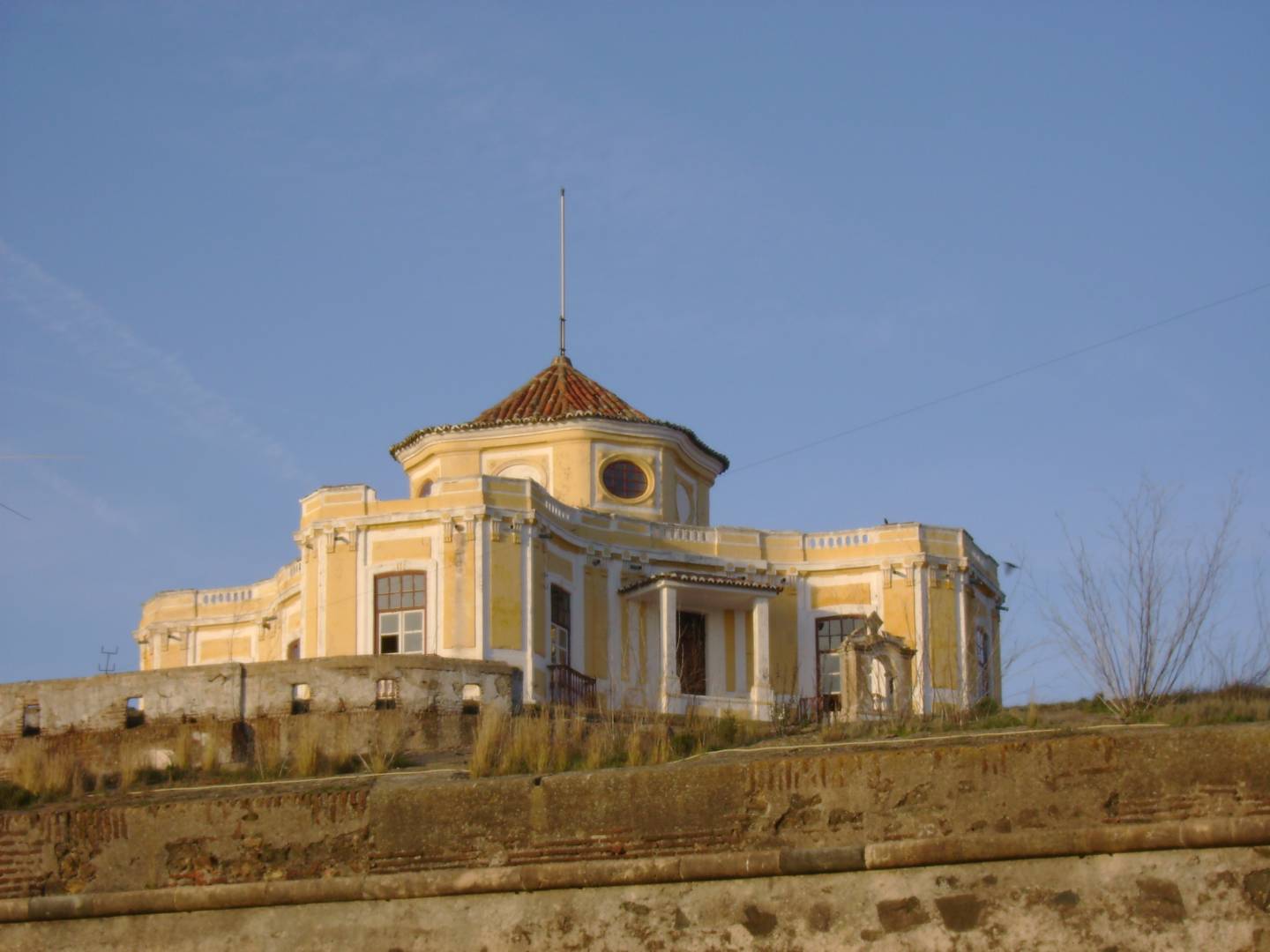
It stands out for its beauty and grandeur. Built on Monte da Graça, one of the highest points of this area of the Alentejo, the Fort was the answer found by King D. José I, in 1763, to halt the attacks of the Spanish. It is considered one of the best examples of 18th century military architecture in Europe, as well as one of the most powerful bastion forts. It is the most emblematic point of World Heritage, constituted by the Garrison Border Town of Elvas and its Fortifications.
Lighthouse of Cabo de São Vicente, Vila do Bispo
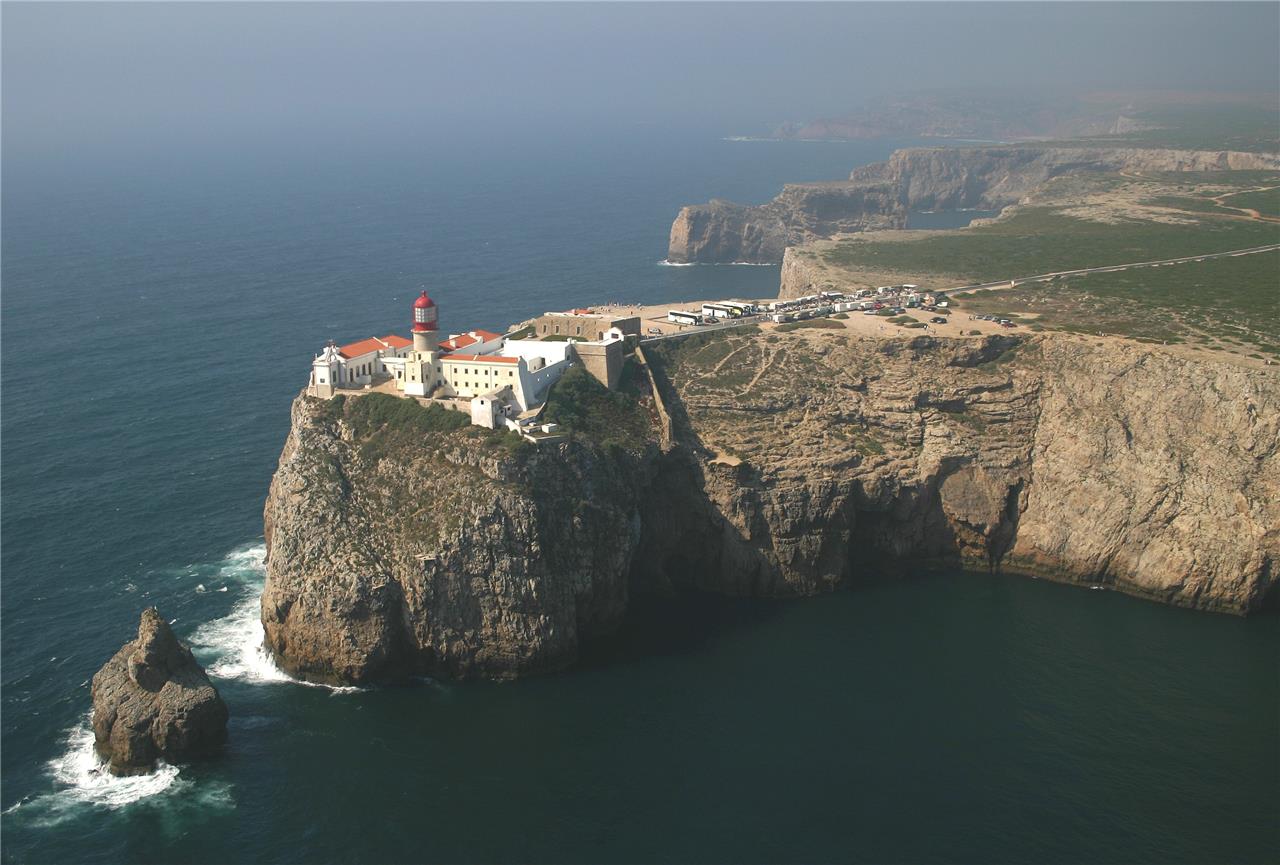
It is located in the Algarve, in the extreme south-west of Europe, and the rotating flashes visible at 32 maritime miles make its range the farthest reaching at European level. Given its location, Cabo de São Vicente assumed, from an early age, a strategic importance for several maritime routes. It was only in 1846 that the old convent built there was converted into a lighthouse. The view over the sea is fabulous and you cannot fail to also see the beautiful Sagres Fortress, located nearby.
Recommended
